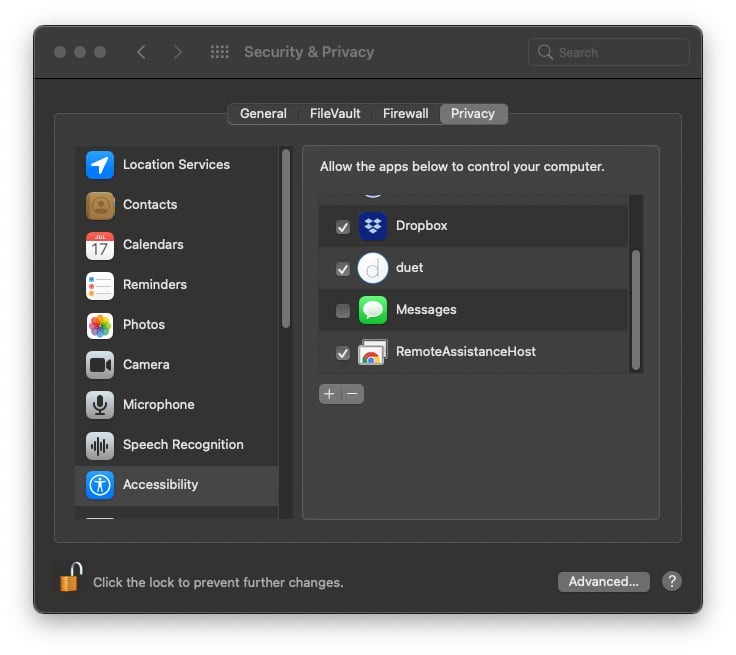
“Support” works both ways, But then, it still requires a pin code. IOW, you must be AT the Android before you can allow “remote access”, AND to do work EACH TIME to make it work. But, they do NOT allow you to connect to the Android FROM the PC, without FIRST getting a NEW UNIQUE 12 digit code, and then EXPLICITLY saying “ALLOW”, when you try to connect. Problem is, they only want you to use the Android to connect for ACCESS to the PC. The key is, they designed the pieces to act as a remote ACCESS OR SUPPORT: = So you could use the other desktop ALL the time. Then, when you want to share, click on the BROWSER’s Extension ICON to SHARE or ACCESS the other PC. There is an MSI called chromeremotedesktophost.msi that must be installed (ON the PC). There is a PLUGIN for Chrome browser that must be installed in Chrome for BOTH the ChromeBook / Android AND the PC, (WHEN you are LOGGED INTO the browser CHROME, and NOT Vivaldi’s Chrome-based browser). WHY? Seems like you crippled it for no good reason? Thought you wanted to OWN this desktop market? Guess not.” BUT, I can ONLY generate a TEMPORARY pin on the ChromeBook, to use to connect FROM the PC TO the ChromeBook?. Here’s some feedback I left on that page that spells out what you can and can’t do: “I saved the pin from my PC when setting it up, SO THAT I COULD connect TO the PC from ChromeBook. however, it is STILL not obvious what you can and cannot do, (as usual). There is only one gotcha for me, which severely limits, but does not destroy the value:įirst, go TO and you can get to ALL the links and ALL the advice. You must set up your groups in Active Directory Domain Services before you attempt to grant access to applications.First, today fully tested this GOOGLE RDP SOLUTION going two ways: From Win-10 to ChromeBook and then also I tested the reverse. You can add other groups with the same pages. You can also enter the domain and group by typing the information in the respective fields.Ĭlick OK.


In the Add/Edit User Group dialog box, navigate to the user group.

Right-click an application in the right pane, and choose Properties. With both methods, use the Access Permissions options to add users.įor an existing application, click the Applications node in the left pane. You can do this when you import the Sequencer Project (SPRJ) or Open Software Descriptor (OSD) file or at anytime using the application's Properties dialog box.

As the administrator, you can use the Application Virtualization Server Management Console to determine which users can access which applications.


 0 kommentar(er)
0 kommentar(er)
